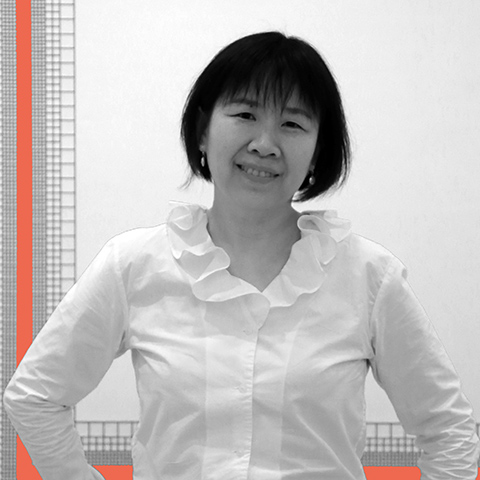
to top

交流项目
李雨航博士于中国北京故宫博物院进行为期五个月的交流(2022年8月至2023年1月),研究清宫戏曲文物收藏。
简历
李雨航博士为美国威斯康辛大学麦迪逊分校 (University of Wisconsin-Madison) 的中国艺术史教授及该校设计与物质文化中心主任学术委员(2022-2028),研究范畴侧重于明清时期的性别与物质文化研究,如观音信仰与观音图像制作者的性别问题、模仿与宗教视觉奉献、中国艺术等。 她的首本著作《成为观音:明清女性佛教徒的艺术奉献》 (Becoming Guanyin: Artistic Devotion of Buddhist Women in Late Imperial China) 由哥伦比亚大学出版社于2020年出版,同时她也是《表演图像:戏曲与中国视觉艺术》(Performing Images: Opera in Chinese Visual Culture) 戏曲与中国视觉艺术展览共同策展人。
近期发展和参与项目
精选出版